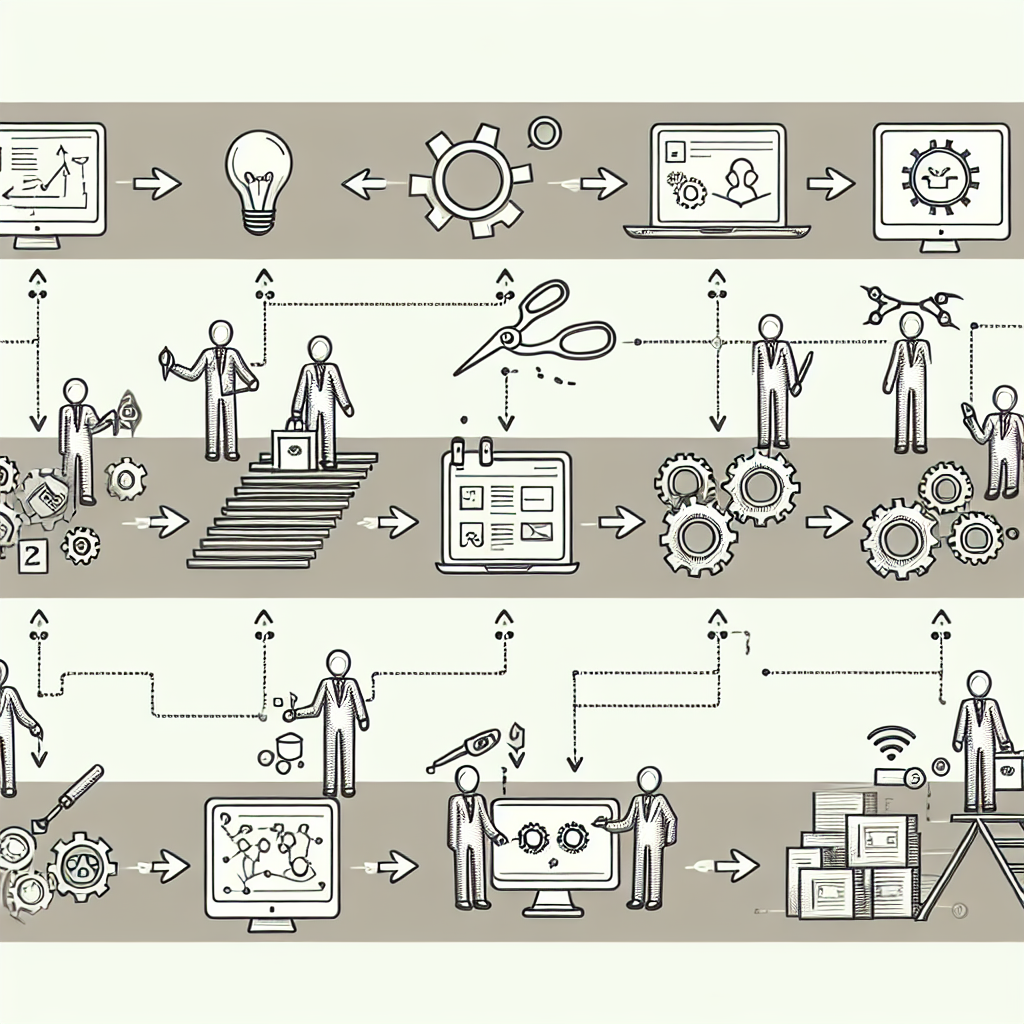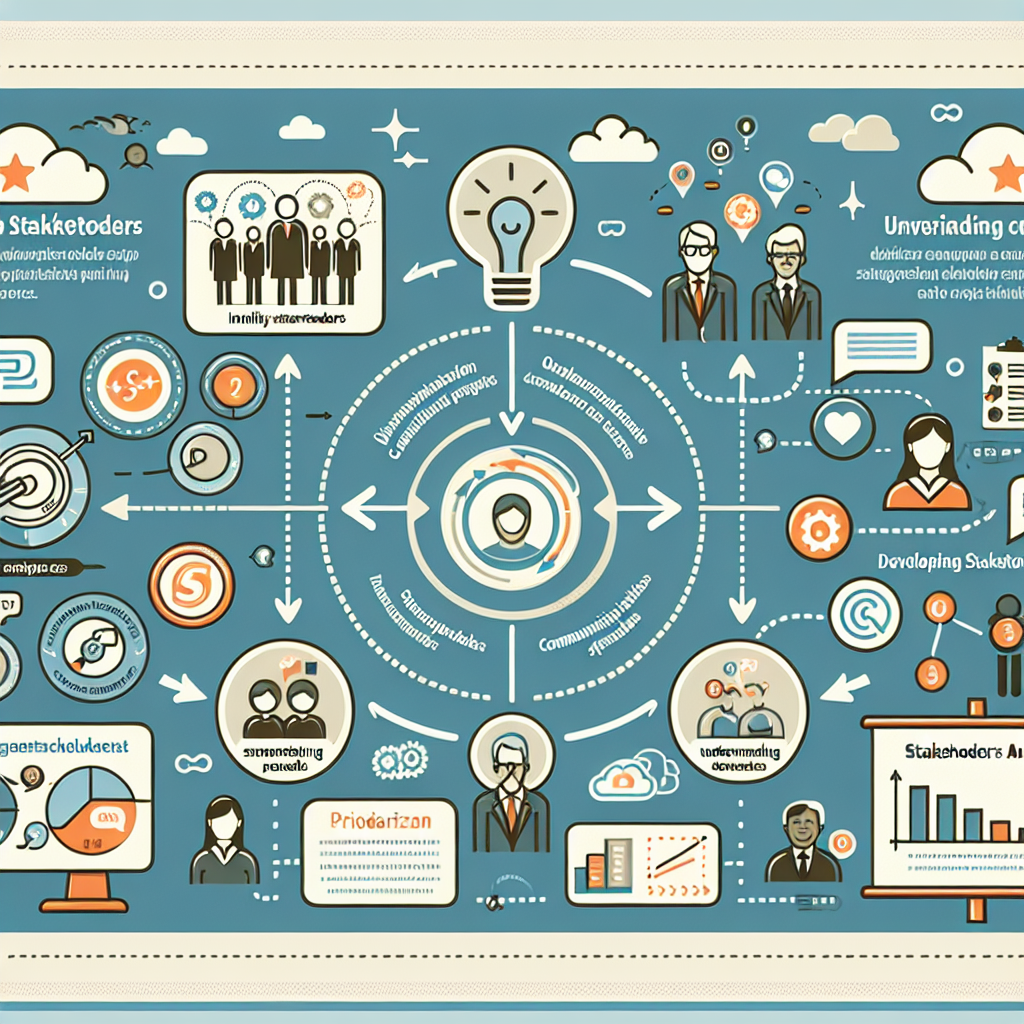Mastering Business and Software Requirements Documents: Your Ultimate Guide
Are you ready to transform your requirements documentation from boring paperwork into powerful communication tools? Let’s dive into creating Business Requirements Documents (BRDs) and Software Requirements Specifications (SRDs) that truly make an impact!
What Makes a Great Requirements Document?
Think of your BRD or SRD as a roadmap that guides your entire project. A high-impact document should:
- Tell a Clear Story: Explain the project’s purpose and vision
- Be Specific and Measurable: Use concrete language and quantifiable objectives
- Engage Stakeholders: Create a document that speaks to both technical and non-technical audiences
Key Components of a Killer Requirements Document
- Executive Summary
Capture the essence of your project in a concise, compelling paragraph that makes stakeholders want to read more.
- Detailed Requirements
Break down complex requirements into clear, actionable items that leave no room for misinterpretation.
- Visual Aids
Include diagrams, flowcharts, and wireframes to make your document more engaging and understandable.
Pro Tips for Requirements Documentation
Here are some expert strategies to elevate your BRDs and SRDs:
- Use active voice and clear, jargon-free language
- Get buy-in from all stakeholders during the drafting process
- Review and validate requirements multiple times
- Create a living document that can adapt to project changes
Common Pitfalls to Avoid
Watch out for these documentation mistakes:
- Being too vague or too technical
- Neglecting stakeholder input
- Failing to prioritize requirements
- Ignoring potential risks and constraints
Final Thoughts
Creating exceptional BRDs and SRDs is an art and a science. By focusing on clarity, collaboration, and comprehensive detail, you’ll create documents that not only guide your project but inspire your team to excel.
Remember: A great requirements document is your project’s first step toward success!




